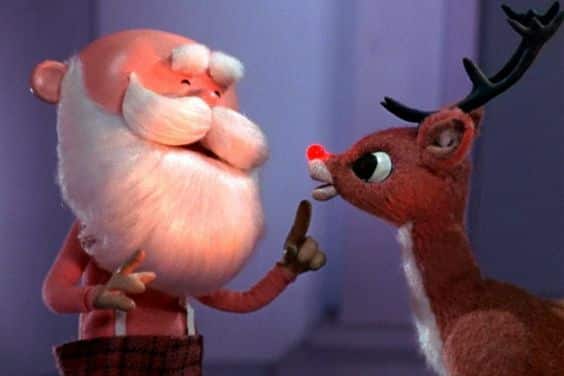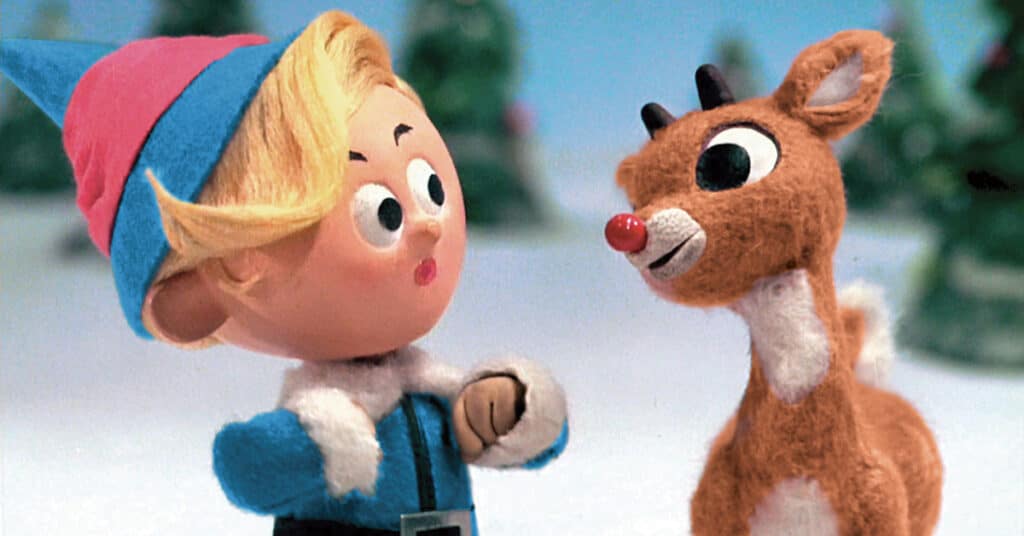
We just finished putting up and decorating the Christmas tree, and I was surprised to see so many ornaments about Rudolph! It seems I’ve been collecting them through the years. I grew up in the 1960s, and before CGI, “Rudolph the Red-Nosed Reindeer” was the best TV holiday show for kids, in my opinion.* In many ways, it still is. Stop-motion animation has always fascinated me. Apparently, it also fascinated a guy my age by the name of Tim Burton, who, adoring “Rudolph” and how it was made, grew up and fulfilled his dream. He went on to create the classics “The Nightmare Before Christmas” and “The Corpse Bride”!
This got me thinking…
Christmas is a time to celebrate the birth of Christ and all it entails: gift-giving (mimicking the gifts from the Three Wise Men), charity, peace, family, love.
But in art, it seems to be a time to recognize that marginalized people, especially those with disabilities, should have special attention and care.
Think of Tiny Tim, who I’ve written about before. Birthed from Charles Dickens’ fertile imagination, born in Victorian England, he was crippled at a young age, and the entire story, “A Christmas Carol,” revolves around showing him love and compassion. The antagonist is his eventual benefactor—Scrooge. Despite his wealth, Scrooge was crippled too, emotionally. The story develops to show how Scrooge was cured of his antisocial pathology, and how Tiny Tim was cared for. I’m convinced Tiny Tim had hemophilia!
And what about Rudolph? The Rankin/Bass show had the narrator, a snowman voiced by Burl Ives, calling his shiny red nose a “nonconformity.” The show had a lot of great humor. Rudolph was different. He had a problem. But he had a bigger problem when his parents tried to disguise his nose, to make him like the other reindeer.
What a great story! Rudolph meets up with an elf, Herbie, who also doesn’t conform to society’s conventions. Together, they set out to see the world, and end up on the Island of Misfit Toys, where all the toys have some “disability,” which could simply be translated as, “doesn’t meet society’s definition of perfection.”

In the end, Rudolph convinces Santa to find homes for all the misfit toys. Tiny Tim helps Scrooge, who then helps Tiny Tim. And Rudolph, of course, saves Christmas! The moral of the stories is that different is good. And we all need to be understanding, tolerant, helpful and inclusive.
Even Herbie. He got a job as the North Pole’s first dentist.
Happy holidays!
* Rankin/Bass, as Videocraft International, contracted with Tokyo’s pioneering Tad Mochinaga for the stop-motion “Animagic” animation. Scripts, pre-recorded voices and sounds made their way to Japan, and an estimated 82 puppet figures were created.

